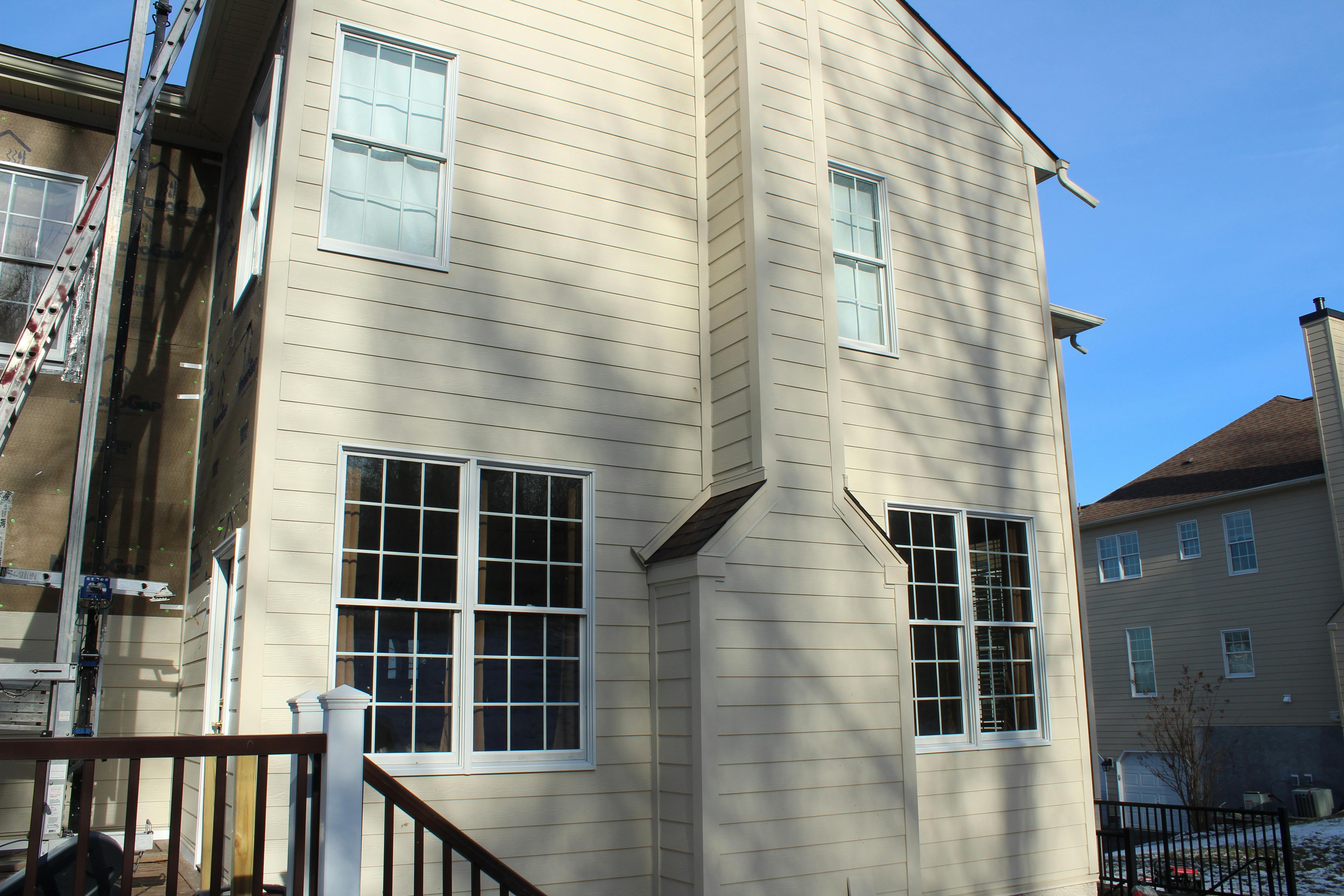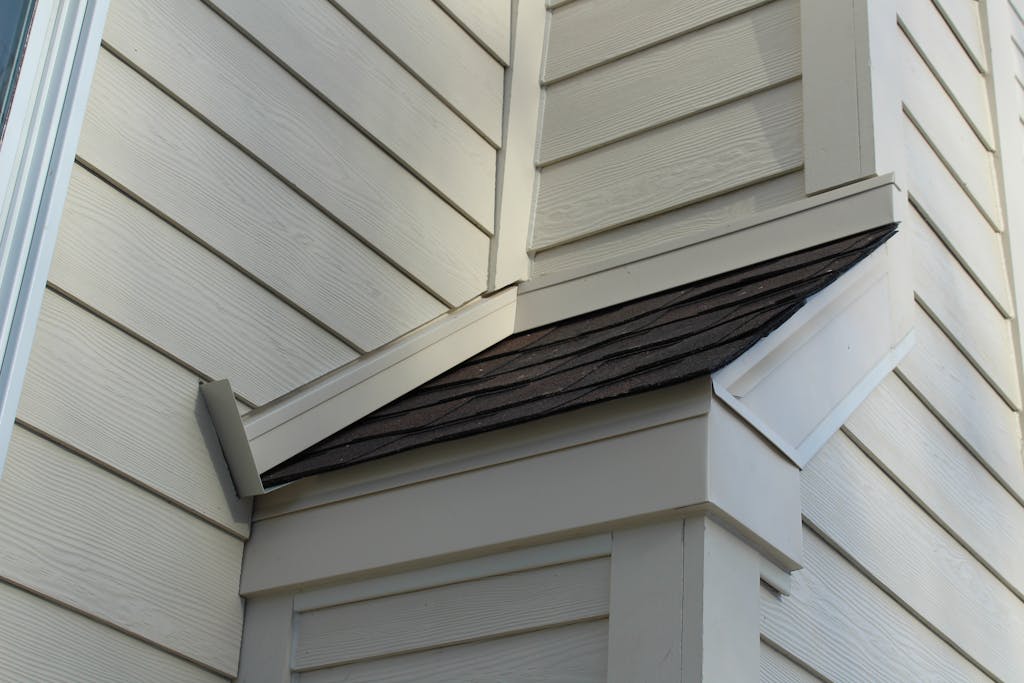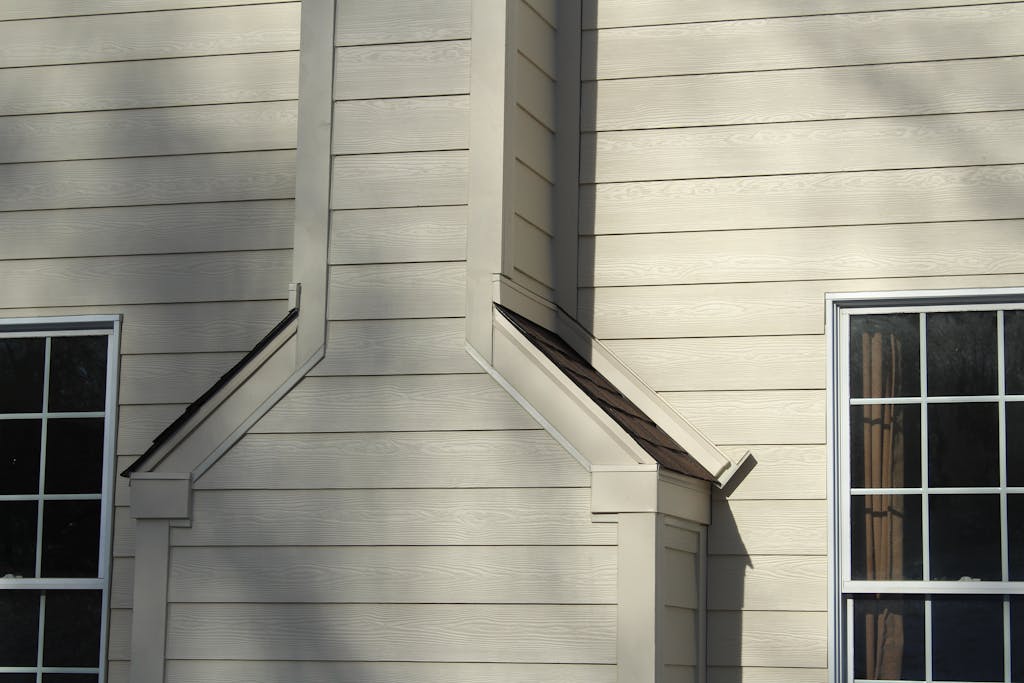
Your home’s siding serves to protect everything that lies beneath it. And for this reason, it is one of the most important parts of a home. However, most homeowners don’t pay all that much attention to their siding unless they’re selling, buying, or the damage has become too severe to ignore. If you’re wondering whether the siding of your home should be replaced, there are a few signs you can look for. These include surface damage, water damage, insect damage, and loose panels. If you notice any of these signs, you should consider having a professional inspect your siding.
Surface Damage
Surface damage can manifest in a couple of forms, most commonly paint damage and color fading. If your paint is cracking, chipping, or peeling after only a couple of years, it may be a sign that your siding needs to be replaced. Paint should last up to 10 years before these symptoms begin to appear under normal circumstances. Color fading is another sign that there are more serious issues at work in regard to your siding. If the color is fading quickly, it means the waterproofing is no longer working properly, which can lead to major internal water damage.
It’s also possible that the surface damage you notice is on the inside of your home rather than the outside. If you see peeling paint or loose wallpaper, it may be a sign that water has seeped through your home’s exterior. If this is the case, your siding should be checked next.
Water Damage

Water damage is the worst possible scenario because it can lead to severe and costly internal damage. While water damage can be caused by all three other main types of siding damage, there are a few other ways to spot it specifically: Mold, mildew, warping, and bubbling. If you find any of these signs of water damage, you should contact a siding remediation expert immediately.
Mold and mildew growth is a sign that water damage has already begun. However, you will not be able to see the full extent of the damage simply from the mold and mildew on the surface. To determine how severe the internal damage such as rotting is, your siding will have to be removed. If you notice that the panels themselves are warping or bubbling, this is another sign that water has gotten beneath them. But unlike mold and mildew, warping and bubbling is a sign that there is a significant amount of water that has infiltrated the siding for some time. You will likely find rotting structures beneath these panels.
Insect Damage
Insect damage can be easily identified if you find tiny holes in your siding. As if the visible damage wasn’t bad enough, these holes are the result of insects burrowing into the walls. Nobody likes the thought of insects crawling around in their walls. Further, water can seep into the holes and cause damage to the internal structure of the walls, which, as we’ve already mentioned, is the worst-case scenario.
If you do find signs of insect damage to your siding, you’ll want to contact both a siding repair specialist and an exterminator. Repairing internal damage and replacing the affected siding won’t be enough if the root problem, the insects, aren’t dealt with as well.
Loose Panels

Siding panels can become loose due to storms and heavy winds. Not only is this a problem because loose and damaged panels are an eyesore, but it means water can get beneath the exterior of your home as well. For this reason, it is always important to repair and replace any loose or damaged panels as soon as possible. If there are only a few panels or sections affected, then there’s no reason to replace all the siding on your home — only the affected area needs to be fixed.
But, there are some situations in which loose panels could require all of the siding to be replaced. If you’re finding loose panels and there hasn’t been any particularly strong wind recently, it could mean that the cause lies beneath the panels themselves. When the structure holding the panels onto your home begins to rot or deteriorate, the panels can become loose as a result. You’ll know this is the case if the backing underneath your loose panels is soft and falling apart.

Vinyl Siding is a Cost-Effective Home Exterior
Vinyl siding is one of the most popular home siding materials in the country — and for good reason!
Conclusion
Your home siding may be in need of replacement if it’s suffering from rapidly fading color, water damage, insect damage, or loose panels. Fading color is the least worrisome, but it signifies that greater damage, such as water damage could be in your home’s future if the siding isn’t replaced. Loose panels could go either way. They don’t necessarily mean there’s underlying damage, but it’s a possibility. Water and insect damage are the worst-case scenarios and will generally require the replacement of your entire siding system — and potentially even more repairs beyond that.
Friel Siding Replacement
If your home siding is suffering from faded coloring, water or insect damage, or if panels are becoming loose, don’t wait for the damage to get worse. Contact us today for more information about our inspection and siding replacement services.




